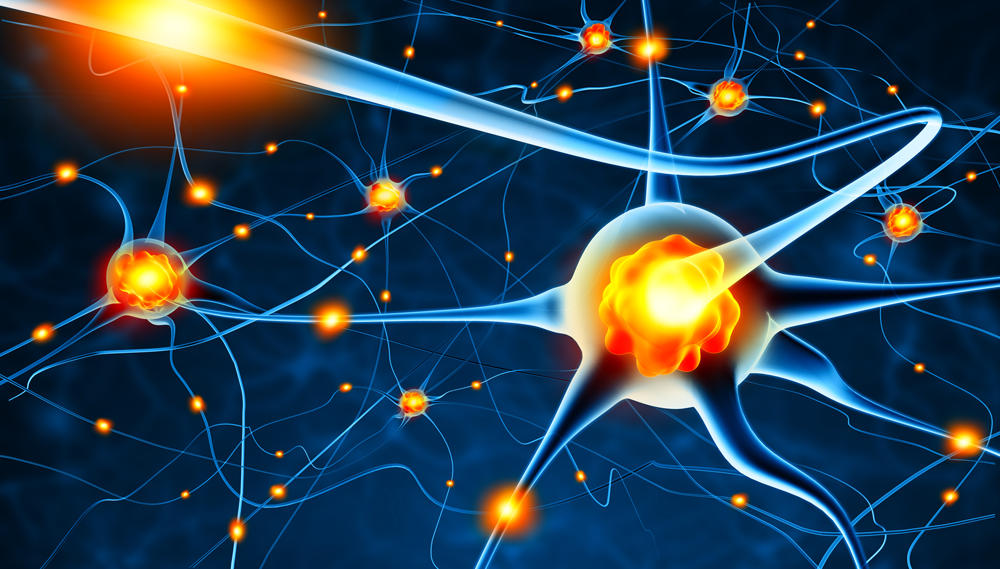Developing a “mechanism-based taxonomy” of Alzheimer´s and Parkinson´s Disease.
Currently, the established disease classification systems such as ICD (international classification of disease) make use of phenotypes measured clinically or using standard laboratory and imaging techniques to establish major types and subtypes of diseases.
In contrast to the established disease classification systems, a “mechanism-based taxonomy” is based upon the knowledge about the biological pathways involved in the aetiology of a disease to guide the classification of disease classes and subclasses.
A specific challenge we face in the course of the AETIONOMY project lies in the fact that for most neurodegenerative diseases the dysfunctional biological pathways underlying the disease are not known. AETIONOMY will therefore have to first define new routes towards the identification of the underlying disease mechanisms before organising these and proposing a rational disease taxonomy for Alzheimer’s and Parkinson’s disease. Moreover, we will validate the mechanism-based taxonomy at least partially in the course of a prospective clinical study.
 Organising Knowledge about Neurodegenerative Disease Mechanisms for the Improvement of Drug Development and Therapy
Organising Knowledge about Neurodegenerative Disease Mechanisms for the Improvement of Drug Development and Therapy


